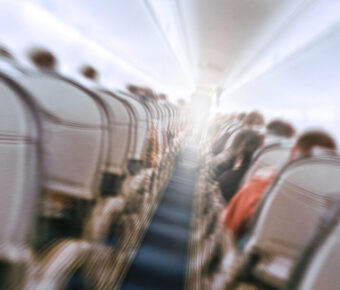Avoiding Altitude Sickness in Peru: 7 Expert Tips for a Safer, Healthier Adventure
Traveling in Peru? The Andes will pull you in—winding roads, coca tea, and those views that honestly steal your breath. But if you’re not careful, the altitude might steal more than just your words. My first time in Cusco, I sprinted up my hostel stairs, feeling invincible, then spent an hour sprawled out, dizzy and regretting every step. If you want to avoid altitude sickness in Peru, you’ve got to give your body time to adjust, drink more water than you think you need, and move at a snail’s pace when you hit those higher towns.
Locals call it “soroche,” and it’s honestly no joke—headaches that pound, nausea, and a weird, heavy fatigue. But you’re not helpless. There’s plenty you can do before and during your trip to help your body survive and thrive up high, so you’ll spend more time gawking at mountains and less time curled up in bed.
Table of Contents
- Key Takeaways
- Understanding Altitude Sickness in Peru
- What Is Altitude Sickness?
- Why Peru’s High Altitudes Pose Risks
- AMS, Soroche, and How They Differ
- Recognizing Symptoms of Altitude Sickness
- Common Early Warning Signs
- Severe Symptoms to Watch For
- High-Altitude Pulmonary Edema (HAPE)
- High-Altitude Cerebral Edema (HACE)
- How to Acclimatize Safely in Peru
- Gradual Ascent Strategies
- Optimal Arrival Itineraries
- Choosing Acclimatization Destinations
- Prevention Tips for Altitude Sickness
- Hydration and Nutrition
- Medications and Remedies
- Lifestyle Adjustments
- Destinations in Peru: Altitude Challenges and Tips
- Cusco and the Sacred Valley
- Machu Picchu and Aguas Calientes
- Lake Titicaca and Puno
- Popular Treks and High-Elevation Activities
- Inca Trail and Salkantay Trek
- Rainbow Mountain and Vinicunca
- Humantay Lake and Colca Canyon
- Addressing Altitude in Other Peruvian Regions
- Arequipa and Surroundings
- Huaraz and the Cordillera Blanca
- Iquitos, Huacachina, and the Amazon Lowlands
- What To Do If You Experience Altitude Sickness
- Immediate Response Steps
- Medical Assistance and When to Seek Help
- Frequently Asked Questions
- What are the best preventive measures for altitude sickness when visiting Cusco?
- Which medication is most recommended for managing symptoms associated with high altitude in Peru?
- How does the altitude of Machu Picchu compare to Cusco, and what adaptations should travelers consider?
- Are there any specific acclimatization strategies for travelers journeying from Lima to higher altitudes?
- What is the ideal duration for acclimatization to avoid sickness in Peru’s elevated regions?
- Can dietary adjustments assist in mitigating the effects of high altitude in Andean destinations?
- Book Your Dream Experience
- More Travel Guides
Key Takeaways
- Altitude sickness can hit fast in places like Cusco or Arequipa.
- You can ward off symptoms by acclimatizing and guzzling water.
- Knowing how to react if you feel sick could literally save your trip.
Understanding Altitude Sickness in Peru
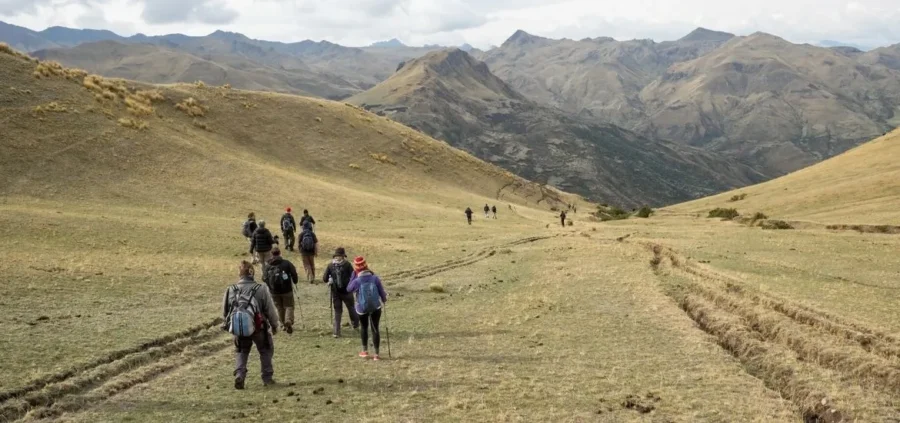
Peru’s mountain cities and trails are gorgeous, but their elevation sneaks up on you in more ways than you’d expect. Understanding what actually happens to your body at these heights is half the battle when you’re plotting a trip through the Peruvian Andes.
What Is Altitude Sickness?
Altitude sickness—acute mountain sickness (AMS)—kicks in when you reach high elevations too quickly. The air thins, so you get less oxygen with every breath—it’s like breathing through a straw (not fun). You’ll probably notice headaches, nausea, dizziness, fatigue, and maybe even insomnia.
I still remember tying my shoes in Cusco, standing up, and suddenly the world spun. That’s AMS for you: one minute you’re fine, the next you’re dizzy and wiped out. It can start off mild, but if you ignore it, it gets ugly.
If you start feeling “off” up there, listen to your body. It’s not being dramatic—it’s asking for help.
Why Peru’s High Altitudes Pose Risks
Peru doesn’t mess around with elevation. Cusco sits at about 11,000 feet, and Puno climbs even higher. It’s not just the thin air—it’s how fast you get there. Tourists often jet straight into these cities from sea level, which is a recipe for trouble.
You might feel fine for hours, only to get slammed by a headache or stomach issues later. In extreme cases, it can get dangerous—fluid in your lungs or swelling in your brain. That’s rare, but it happens. And it really doesn’t matter how fit or young you are; altitude sickness doesn’t discriminate.
Give yourself time to acclimatize. And drink water, even when you’re not thirsty. It’s a game-changer.
AMS, Soroche, and How They Differ
In Peru, everyone talks about soroche. It’s just their word for altitude sickness, but you’ll hear it everywhere—from taxi drivers to pharmacists.
AMS covers the basics: headache, tiredness, maybe some nausea. If things get worse, you’re looking at high altitude pulmonary edema (HAPE) or high altitude cerebral edema (HACE)—that’s when you’re in real trouble.
Locals will warn you about soroche right off the plane in Cusco. “Mucho soroche, drink coca tea.” They’re not joking, and even seasoned hikers take it seriously.
Knowing these terms can save you time and confusion (and maybe a pharmacy run). If someone offers you coca tea, why not try it? It’s part of the local routine.
Recognizing Symptoms of Altitude Sickness
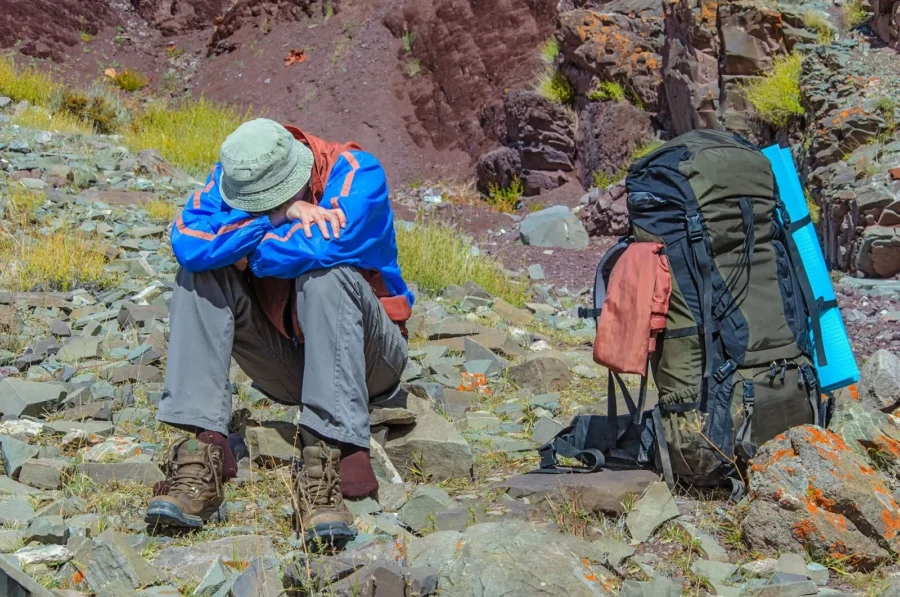
Your first days in the Andes can throw you for a loop, even if you’re in good shape. Altitude sickness doesn’t always shout, so spotting those subtle warning signs early is key.
Common Early Warning Signs
Anyone can feel off when they hit altitude too fast, and you really shouldn’t shrug it off. The classic early signs: headache (the kind that throbs), nausea, and a fatigue that makes a short walk feel like a marathon.
You might get dizzy, lightheaded, or short of breath just climbing stairs. Appetite? Say goodbye. I’ve pushed away delicious Peruvian breakfasts, and that’s when I knew I was in trouble.
Watch for:
- Swelling in your hands, feet, or face
- Trouble sleeping
- Mild chest tightness
Tip: Notice these? Slow down, hydrate, and rest. Catching it early can save your trip.
Severe Symptoms to Watch For
When you try to tough it out or go higher too quickly, things can go downhill fast. These symptoms aren’t just annoying—they’re dangerous.
Look out for:
- Persistent vomiting
- Headaches that keep getting worse
- Shortness of breath even when you’re resting
- Trouble walking or severe dizziness
- Crushing fatigue
- Confusion or acting strangely
Once, trekking to Ausangate, my friend started rambling and couldn’t find his words. We headed down immediately, and I’m glad we did. If you or your travel buddy can’t catch their breath at rest or seem confused, it’s time to get down—fast.
Don’t try to tough it out. Descend and get help.
High-Altitude Pulmonary Edema (HAPE)
HAPE is the big one—fluid leaks into your lungs, and suddenly you can’t breathe right.
Watch for:
- Shortness of breath at rest
- Coughing up pink or frothy stuff
- Chest pain or tightness
- Blue lips or fingertips
- Needing to stop and gasp for air every few steps
HAPE can hit out of nowhere—even after a few days at altitude. I’ve seen trekkers go to bed fine and wake up gasping. If someone can’t walk across the room without stopping for breath, or their lips turn blue, get them down. Don’t wait.
Treat HAPE as a true emergency.
High-Altitude Cerebral Edema (HACE)
HACE is rare, but it’s terrifying. It messes with your brain.
It usually starts with a bad headache and confusion, then gets worse. Here’s what to watch for:
- Stumbling or trouble walking
- Slurred speech
- Hallucinations
- Can’t stay awake
- Acting totally off or incoherent
I once met a hiker at 4,500 meters who thought he was in another country. That’s classic HACE. This isn’t just being “out of it”—it’s brain swelling.
If you suspect HACE, descend immediately. Don’t wait, don’t sleep on it—it can turn deadly fast.
Know these signs. Peru’s mountains are gorgeous, but you’ve got to respect them.
How to Acclimatize Safely in Peru

Getting used to Peru’s heights isn’t always easy, but with some planning, you can make it much smoother. Let your body settle in, pick your arrival spots carefully, and stay somewhere that lets you balance adventure with rest.
Gradual Ascent Strategies
Rule number one: don’t rush. Going straight from Lima to Cusco by plane? That’s a quick way to get flattened by altitude. Let your body catch up—take it step by step.
Travel by bus or train if you can, instead of flying. If you have the time, spend a couple of nights in Arequipa (2,300m) before heading up to Cusco (3,400m) or Puno (3,800m). That extra adjustment helps your body handle the thinner air.
Get good sleep and drink water—yes, even when you don’t feel thirsty. Alcohol? Skip it those first days. Exercise? Wait until you feel steady. These little choices make a surprising difference.
Optimal Arrival Itineraries
How you plan your route can make or break your trip. Land in Lima, take a night to chill, then climb higher in stages. Buses or trains through the hills let your body keep pace with the altitude.
If you want to dodge altitude sickness, start in the Sacred Valley—lower than Cusco, but just as beautiful. Spend your first nights there. Too many people hit the Inca Trail right after landing in Cusco and end up miserable before the real adventure starts.
I always check flights, hotels, and buses before I go. Using sites that compare everything, like when you search for flights and hotels, saves time and headaches. A good plan means more exploring, less recovering.
Choosing Acclimatization Destinations
Not all Peruvian cities are equal when it comes to acclimatization. If you want a gentle start, Ollantaytambo or the Sacred Valley are perfect—lower than Cusco, quieter, and still close to the ruins.
Arequipa? Also a great choice. The elevation’s easier, the food’s fantastic, and you can soak up the scenery while taking it slow.
Trying to adjust all at once is rough—I’ve learned that the hard way. Pick towns where you can rest, wander, and eat well without fighting a headache. Book a few nights ahead, especially in popular places, and use sites for planning your itinerary to keep things smooth. Choose your stops with care, and you’ll have the energy to actually enjoy Peru—trust me, it’s worth the patience.
Prevention Tips for Altitude Sickness
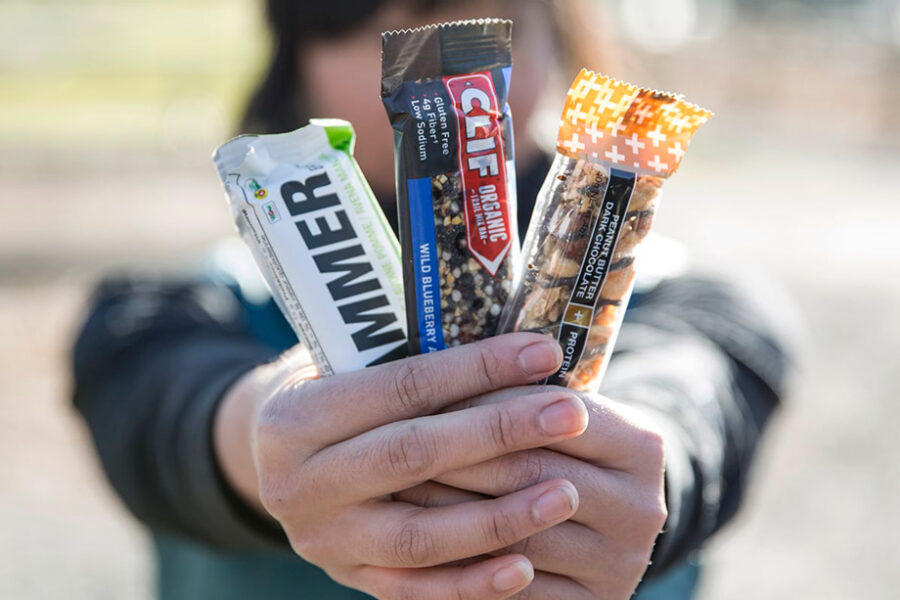
If you’re heading into Peru’s highlands, a little planning makes a huge difference. Drink plenty of water, make smart food choices, and pack a few remedies—these can help you handle altitude sickness better than most.
Hydration and Nutrition
Hydration’s absolutely essential up high. The air is thin and dry, so every breath pulls moisture from you. I always keep a refillable water bottle close and take small sips every half hour instead of chugging a bunch at once.
Skip the sodas and go easy on caffeine—they just dry you out more. Stick with water, herbal teas, or maybe a sports drink if you’re sweating a lot.
Eating gets weird at altitude, honestly. You might not even feel hungry, but you’ve got to eat—especially carbs. Bread, pasta, rice, quinoa—your body uses these for energy and oxygen. Lighter, low-fat meals are easier on your stomach too.
I always stash healthy snacks and some travel gear for long days—it’s a lifesaver.
Medications and Remedies
If you want backup, there are a few meds worth knowing. Doctors often recommend acetazolamide (Diamox) if you’re prone to symptoms or planning to hit 2,500 meters fast. You’ll want to start it a day or two before going up and keep taking it a bit after you arrive.
Peruvians swear by coca tea, coca leaves, and even coca candies. They won’t cure altitude sickness, but they can settle your stomach or dull a headache. Sorojchi pills are another local remedy—you’ll find them in Peruvian pharmacies.
Guides sometimes offer Agua de Florida, a floral-scented liquid. It’s more tradition than science, but it can help you feel fresher or less dizzy.
You can buy small oxygen cans like Oxishot in bigger cities. They’re handy in a pinch, but you shouldn’t rely on them instead of proper acclimatization.
Lifestyle Adjustments
Take it slow when you arrive. Seriously, resist the urge to sprint up Inca stairs. Spend your first day in Cusco or another mid-altitude town and let your body settle in.
Walk at an easy pace. Rest as often as you need, even if locals zip by. No shame in sitting on a bench and people-watching.
Sleeping at altitude can be tricky. Prop your head up with pillows, and try to get solid sleep before big hikes. Avoid heavy exercise, booze, and smoking for those first days—these just make things harder.
Pay attention to your body. If you feel dizzy, nauseous, or get a headache, take a break and drink water. Don’t try to power through—changing your plans is better than getting seriously sick.
Destinations in Peru: Altitude Challenges and Tips
Peru’s wildest adventures usually mean heading way up. Even seasoned travelers can get caught off guard by the altitude, so knowing what to expect in each spot is a game-changer.
Cusco and the Sacred Valley
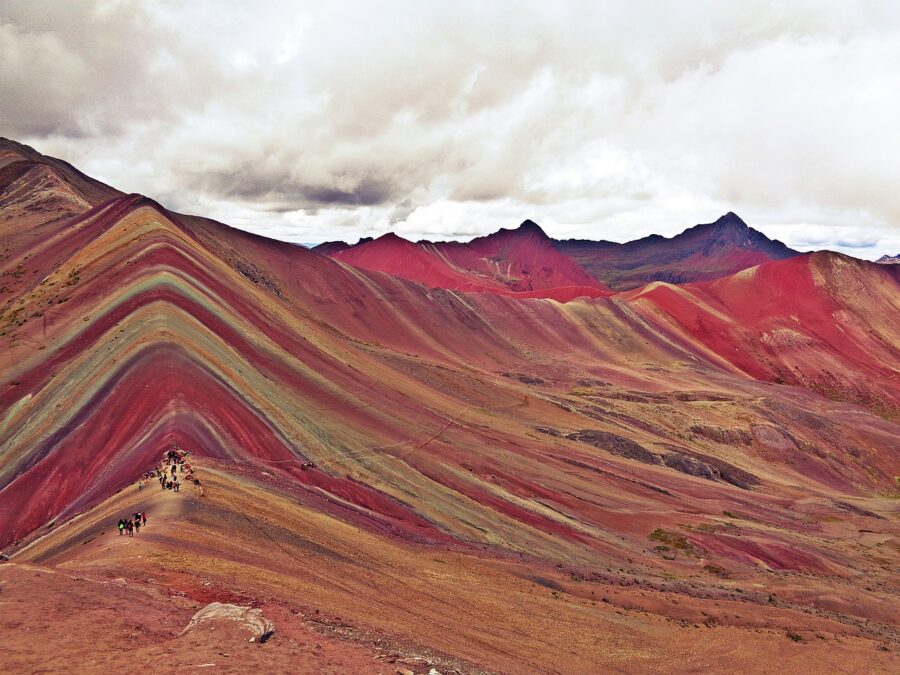
Cusco is a shock to the system. You step off the plane and—bam—the air is thinner, and you feel it right away. At 3,400 meters (over 11,000 feet), even climbing stairs can leave you winded.
I always tell people: take it easy for the first couple of days. Don’t pack your schedule. Maybe just grab some mate de coca and hang out at Plaza de Armas. There’s no shame in taking breaks and just soaking up the view.
Heading to the Sacred Valley? Good call. It’s a few hundred meters lower than Cusco, which makes it a friendlier place to adjust. Lots of travelers use it to “ease in” before tackling higher spots. The pace is relaxed, so you can move slow without feeling awkward.
Quick tips for Cusco/Sacred Valley:
- Skip alcohol your first night
- Snack often and drink safe water
- Don’t rush into hikes or climbs
Machu Picchu and Aguas Calientes
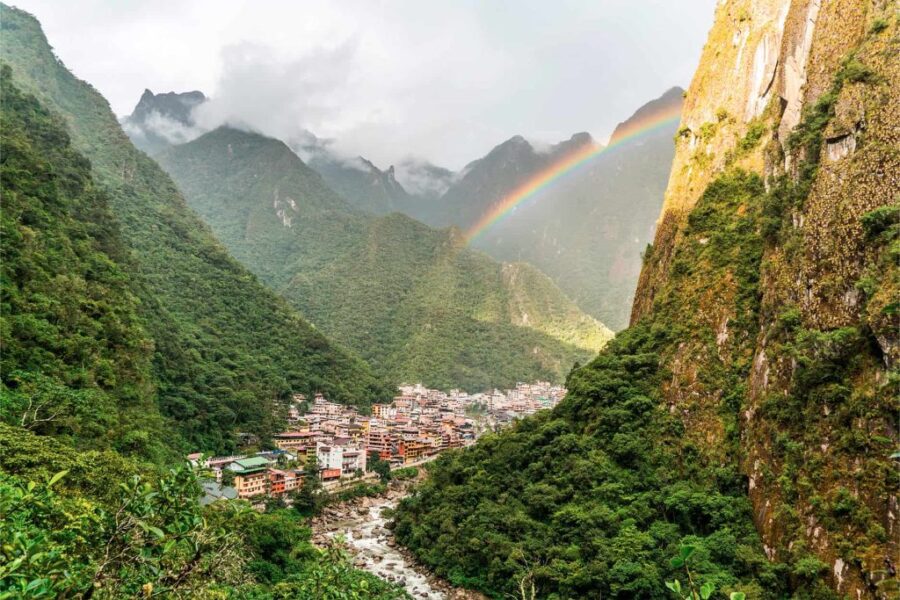
Here’s a relief: Machu Picchu isn’t as high as Cusco. The ruins sit at about 2,430 meters, and Aguas Calientes is even lower. The first time I visited, I felt so much better after descending from Ollantaytambo.
Getting there usually means train, bus, and plenty of walking. If you’re used to sea level, you’ll still get winded on the ruins’ steep steps, but the worst altitude symptoms are less common here unless you overdo it.
Aguas Calientes feels warmer and more humid, and the air is thicker. It’s a great spot to rest and carb-load before your Machu Picchu visit. One tip: book a hotel with a good shower and relax for the night—you’ll want all your energy for sunrise.
Must-dos for Machu Picchu/Aguas Calientes:
- Stay hydrated
- Take it slow on the ruins’ steps
- Don’t skip breakfast—you’ll need it
Lake Titicaca and Puno
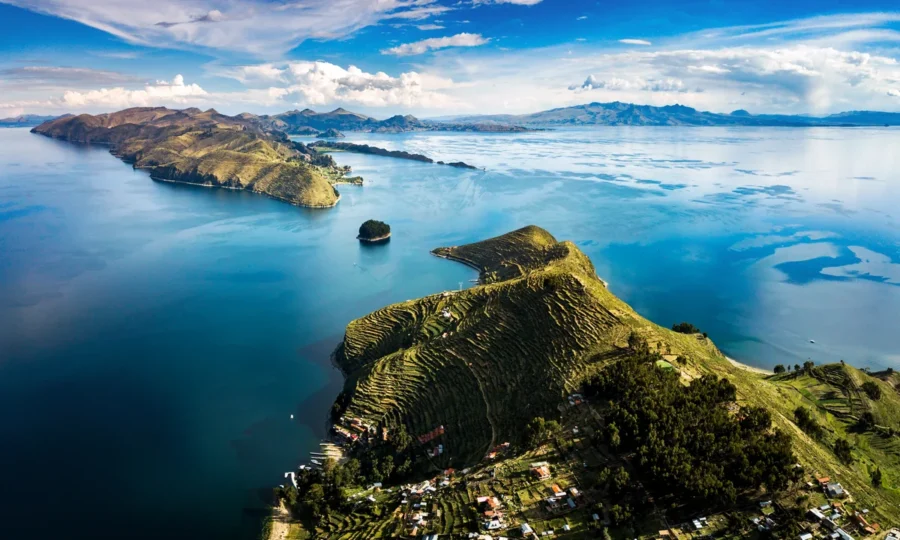
Lake Titicaca and Puno are no joke—about 3,800 meters up, even higher than Cusco. My first day in Puno, even after acclimatizing, I got a pounding headache. Your heart will race, and sleep might be rough the first night.
Locals recommend simple food: soups and Peruvian stews. Hot drinks help, too. Chewing coca leaves or sipping coca tea is common and worth trying. The floating islands are incredible, but even a little walking out there feels harder than on the mainland.
If you’re heading out on the lake, don’t forget sunblock and a hat. The sun is fierce at this altitude, and you can burn fast.
Lake Titicaca/Puno advice:
- Rest often—don’t try to see everything in one day
- Bring painkillers if you get headaches easily
- Layer up—the weather changes fast
Popular Treks and High-Elevation Activities
Peru’s best hikes take you way above 10,000 feet. You’ll feel it, whether you’re crossing snowy passes or hiking to turquoise lakes. Every trail has its own challenge, but the scenery is out of this world.
Inca Trail and Salkantay Trek
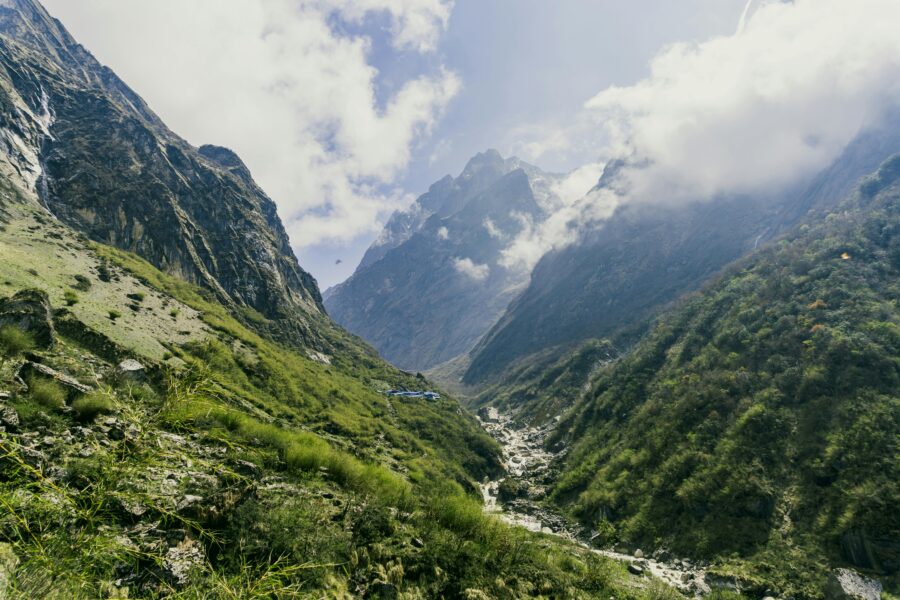
Think you’re ready for the Inca Trail? It can surprise you. Some passes top out over 13,000 feet. Simple stone steps can leave you gasping. That’s just reality at this altitude. The route winds through cloud forests and ancient ruins—honestly, it’s epic.
The Salkantay Trek? Sometimes even tougher. Its highest point, Salkantay Pass, hits 15,100 feet. It gets cold, and the air is razor-thin. My best tip: slow down. This isn’t a contest.
Campsites feel remote and wild. The night skies? Unreal—so many stars, you’ll lose count. If you’re comparing routes or want a guide, there are plenty of trekking tours to check out.
Rainbow Mountain and Vinicunca
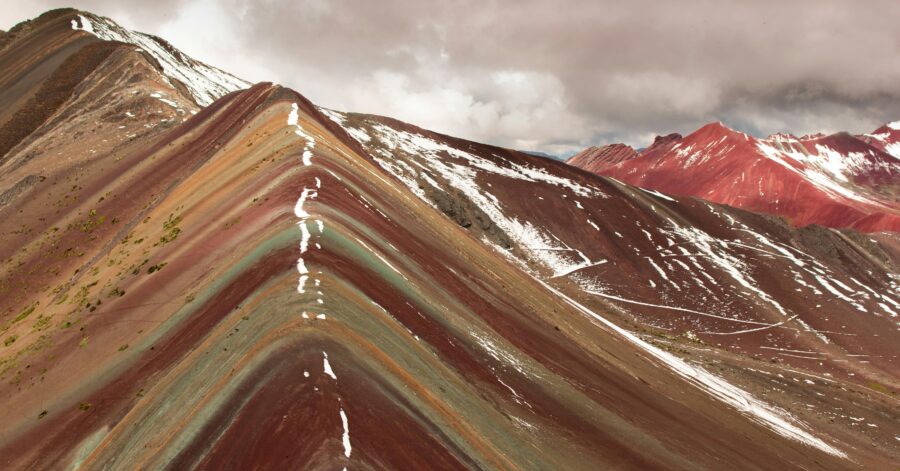
Rainbow Mountain, or Vinicunca, is a beast—almost 17,000 feet at the top. That’s higher than the Inca Trail’s toughest pass. The hike isn’t super long, but the last hour is a slog.
You’ll pass herds of alpacas, and the colors on the mountain are unreal. Be ready for lightheadedness and lots of stops. I’ve seen plenty of hikers hop on horses for the final stretch.
If you want to book other tours like this, online options or local agencies in Cusco make it easy.
Humantay Lake and Colca Canyon
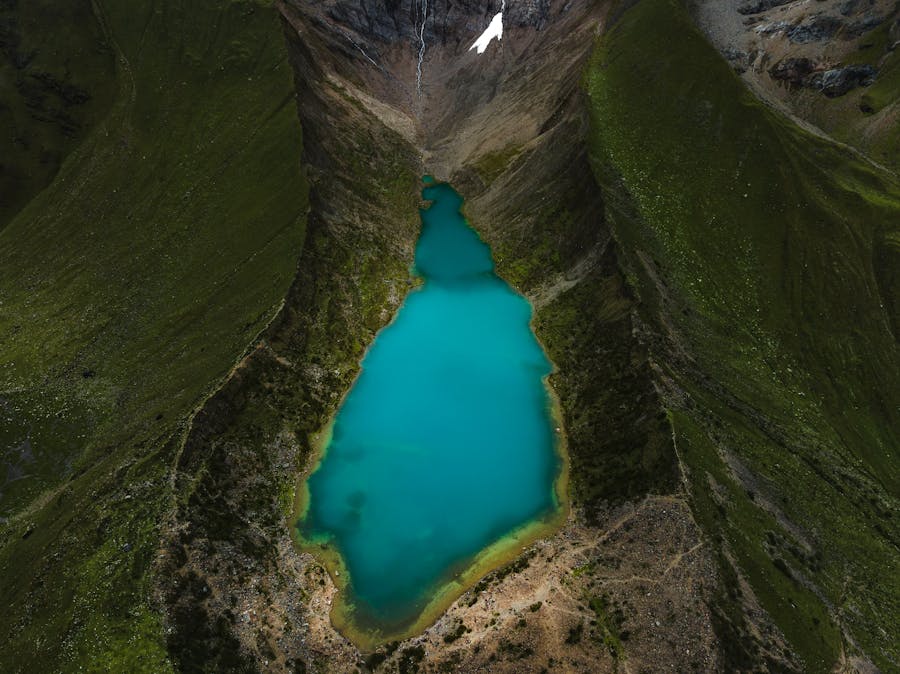
Humantay Lake is a classic day trip, and honestly, the blue water is wild in person. The altitude—over 13,000 feet—can sneak up on you, so go slow, especially on that last rocky climb.
Colca Canyon is a different vibe. It’s one of the world’s deepest canyons, but the rim sits high—about 12,000 feet. Hiking down is easier than coming back up. I’ve had to stop more than once just to catch my breath on the way out.
Near the Cruz del Condor viewpoint, you might spot condors soaring above—one of those “wow” moments. Going back up feels twice as long as the descent, so bring snacks, sunblock, and take your time. Trust me, the best stories come from those slow, steady climbs.
Addressing Altitude in Other Peruvian Regions
Peru’s regions all handle altitude a bit differently. Some places hit you hard, while others barely register.
Arequipa and Surroundings
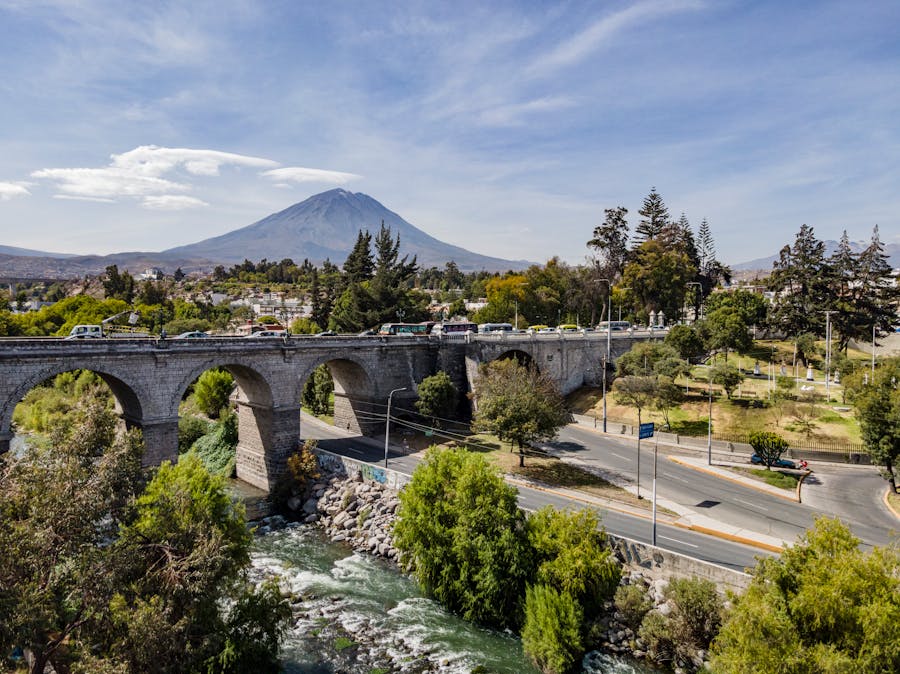
Arequipa sits at about 2,300 meters, so you’ll probably notice the altitude, but it’s not as intense as Cusco or Huaraz. The real challenge is if you use Arequipa as a launchpad for higher spots—like Colca Canyon, which jumps to over 3,500 meters.
If you’re hanging out in Arequipa, take it slow for a day or two. Even if you feel fine, drink extra water and keep meals light. Save the pisco sours for later. I felt just a little tired my first afternoon, but a friend dove into cocktails and regretted it.
If you’re planning to trek Colca Canyon, spend a night in Chivay first. It gives your body a head start on the altitude.
Quick Tips:
- Take it easy on hikes
- Prioritize sleep
- Watch for headaches or nausea
Arequipa’s museums and food are best enjoyed at a leisurely pace anyway.
Huaraz and the Cordillera Blanca
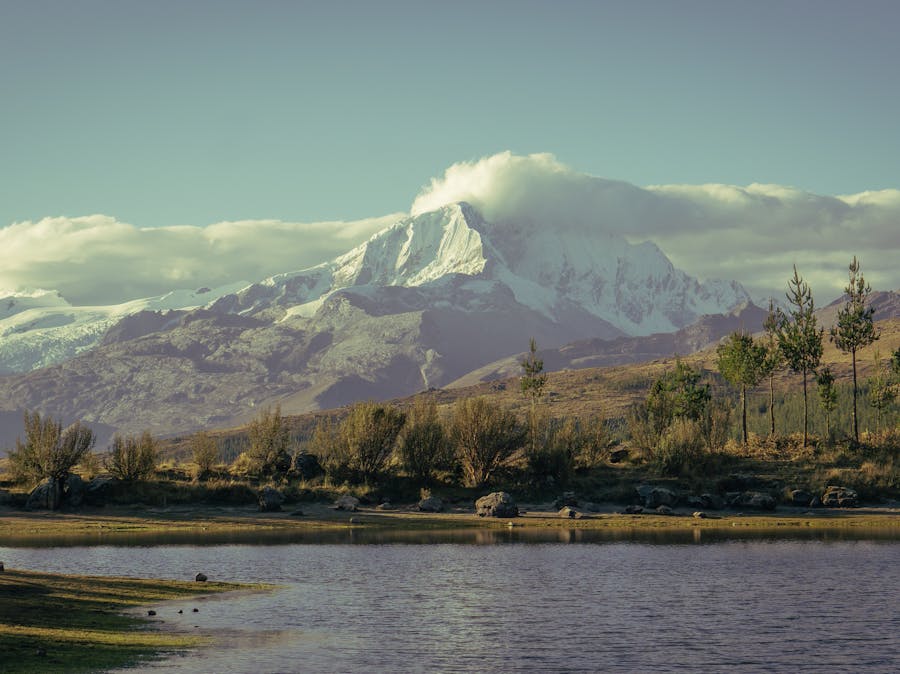
Huaraz is a different animal. Sitting at about 3,050 meters, it’s the “base camp” for serious mountain lovers. Those Cordillera Blanca peaks are gorgeous, but the height can hit hard if you come straight from sea level.
I learned the hard way. Tried jogging my first morning—bad move. Dizzy in minutes. Instead, wander the city, check out a market, or people-watch at the plaza. Save big hikes for your second or third day.
Day trips like Laguna 69 or Pastoruri Glacier are stunning, but you need to acclimatize first. Coca tea is popular, but don’t expect it to work miracles.
Essential Pointers:
- Spend a day or two acclimatizing in town
- Try lower-altitude hikes first
- Drink water, even if you’re not thirsty
Trust your body. You’re here for the views, not to end up at the clinic.
Iquitos, Huacachina, and the Amazon Lowlands
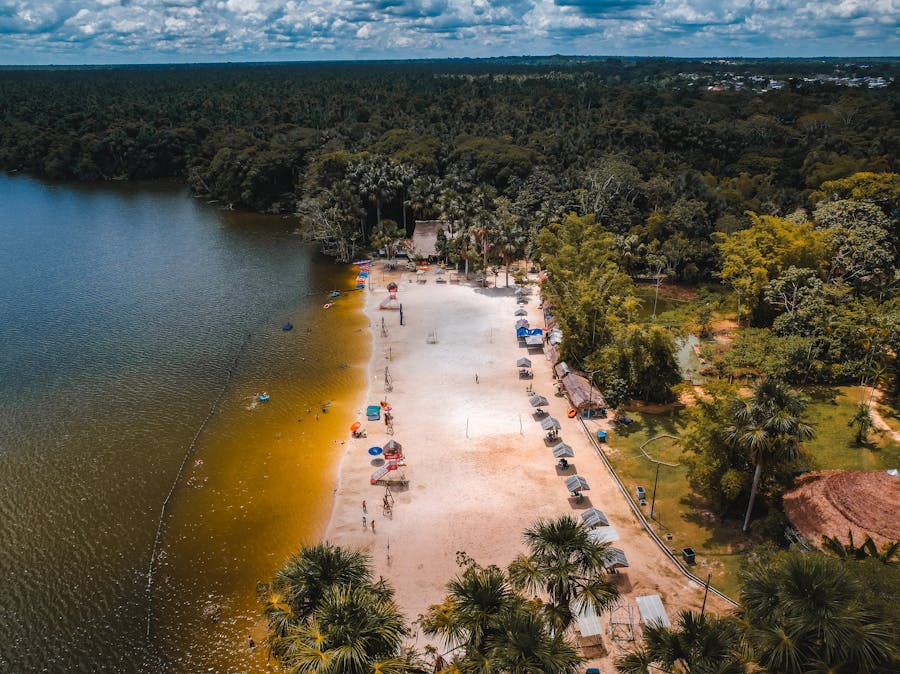
Altitude sickness? Not here—finally, a break. Iquitos (gateway to the Amazon Rainforest) and the little oasis town of Huacachina (near Ica) both sit at or close to sea level.
You can forget about headaches or breathlessness from thin air, at least for now.
Instead, you’ll run into a different set of challenges. Iquitos and the Amazon? The humidity and heat can really sneak up on you. Honestly, it gets sticky fast—don’t underestimate it.
Bring lots of water, effective bug spray, and light, long-sleeve shirts. I always seem to forget this and end up itching for days. The sun’s no joke either, so don’t skip the hat.
Huacachina is all about sand—dune buggies, sandboarding, and lounging by the lagoon. Hydrate more than you think you need. Trust me, you lose water fast when you’re running up those dunes.
Sunscreen is essential here. You’ll feel it if you skip it.
What To Remember:
- Altitude isn’t the issue in these spots
- Sun and bugs are relentless—protect yourself
- Hydration isn’t optional
If you’re coming from the highlands, both places give your lungs a break. It feels like a warm, heavy hug from the jungle or desert—sometimes, exactly what you need.
What To Do If You Experience Altitude Sickness
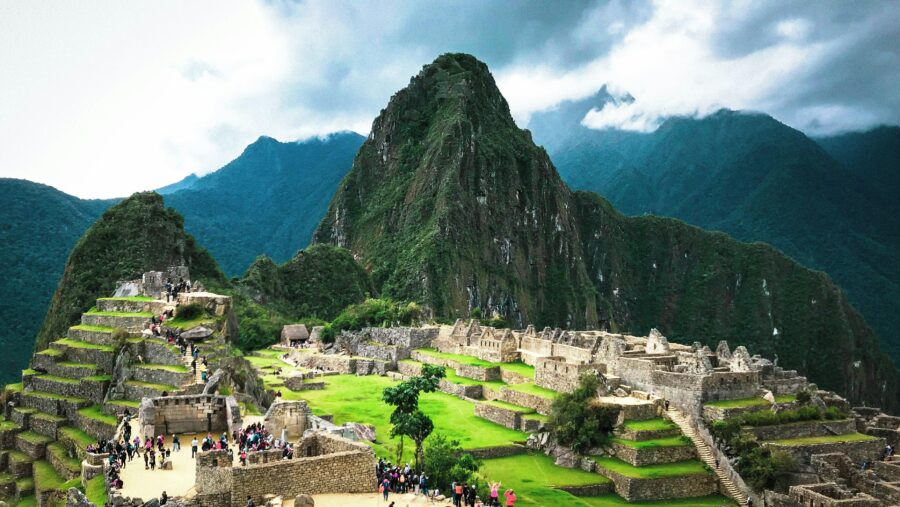
If you start feeling symptoms of acute mountain sickness—headache, nausea, dizziness—don’t brush it off. Even seasoned travelers get “soroche,” so don’t try to tough it out.
Immediate Response Steps
First, stop and rest. I know, it sounds basic, but pushing through just makes it worse when you’re gasping for air above 2,500 meters.
If you can, head down to a lower altitude. Even dropping a couple hundred meters can help a lot.
Drink water—more than feels normal. Dehydration creeps in up high, and you might not notice until you’re already hurting.
Breathe slow and deep; avoid sudden or tough movements. Don’t “test” yourself with a hike—altitude sickness isn’t something you can out-stubborn.
Some hotels or clinics keep oxygen on hand, and it can make a huge difference. And don’t totally dismiss coca tea—it’s a local staple for a reason, though it’s not a miracle cure.
If you’ve brought acetazolamide (Diamox) on your doctor’s advice, now’s the time to use it. I like to jot down a quick reference table in my notebook, just in case:
| Symptom | Action to Take |
|---|---|
| Mild headache | Rest, hydrate, take ibuprofen/paracetamol if needed |
| Nausea | Stop activity, hydrate, ginger tea or local remedies |
| Dizziness | Sit or lie down, avoid sudden movements, deep breathing |
Medical Assistance and When to Seek Help
If your headache turns severe, you feel confused, can’t walk straight, or cough up pink frothy spit—don’t hesitate. These are signs of serious conditions like high-altitude cerebral or pulmonary edema.
Get medical help if you’re not improving after a few hours, symptoms get worse, or you develop shortness of breath even while resting. Most mountain towns in Peru have clinics familiar with this stuff. Don’t feel embarrassed—locals see it all the time.
Let your hotel or guide know if you need help. They usually know who to call and how to get you sorted. If things get serious, call emergency services right away.
Take altitude sickness seriously. It’s common, but ignoring it can ruin your trip. Take care of yourself so you can get back out there once you’re feeling better.
Frequently Asked Questions
Altitude sickness in Peru can really disrupt your plans if you’re not ready for it. Knowing what to expect and how to prep can make all the difference—sometimes literally between a good day and a miserable one.
What are the best preventive measures for altitude sickness when visiting Cusco?
Take it easy for your first day or two in Cusco. Don’t rush up to Rainbow Mountain straight off the plane—you’ll regret it. I learned the hard way with a pounding headache and no energy.
Keep sipping water or herbal teas. Locals love coca tea, and honestly, it does seem to help. Skip heavy meals and alcohol for your first couple of days; your body will thank you.
Which medication is most recommended for managing symptoms associated with high altitude in Peru?
Doctors often recommend acetazolamide (Diamox). It helps your body adjust, but talk to your doctor before your trip if you’re considering it.
Some travelers try local remedies like coca leaf candy, but results really vary. For peace of mind, stick with what your doctor recommends.
How does the altitude of Machu Picchu compare to Cusco, and what adaptations should travelers consider?
Cusco sits at about 3,400 meters (11,150 ft), which is actually higher than Machu Picchu’s 2,400 meters (7,900 ft). Weirdly, you might feel better at Machu Picchu if you’ve just come from Cusco.
If you’re hiking the Inca Trail, go slow and rest often. Always keep snacks handy. I once underestimated a short climb and got hit with a dizzy spell right before Inti Punku—don’t make that mistake.
Are there any specific acclimatization strategies for travelers journeying from Lima to higher altitudes?
Lima’s basically at sea level, so jumping straight to Cusco or Arequipa can be a shock. If you can, break up the journey with a night in Arequipa or the Sacred Valley.
Spend your first day or two just strolling, visiting markets, or hanging out at a museum. Even people-watching in a sunny plaza counts as acclimatizing, if you ask me.
What is the ideal duration for acclimatization to avoid sickness in Peru’s elevated regions?
Give yourself at least 24-48 hours to adjust after arriving at high altitude before doing anything strenuous. Don’t plan a big trek on day one, no matter how excited you are. I’ve made that mistake, and it’s not worth it.
Some people need more time—especially if you’re prone to headaches or sensitive to altitude. Listen to your body; powering through rarely ends well.
Can dietary adjustments assist in mitigating the effects of high altitude in Andean destinations?
Honestly, lighter meals just make life easier at high elevation. I always reach for soups, fresh fruits, or a big plate of carbs. Trust me, if you go heavy or greasy, your stomach might stage a protest.
There’s a reason locals stick with quinoa soup and boiled potatoes—they know what they’re doing. These foods are filling but don’t weigh you down.
Lay off alcohol for a few days, even if you’re tempted. And if you spot a vendor selling chicha morada or some wild-looking fruit juice, grab a cup.
They’re surprisingly refreshing, and your body will thank you as you acclimate. Sometimes, the simplest choices make the biggest difference up here.
